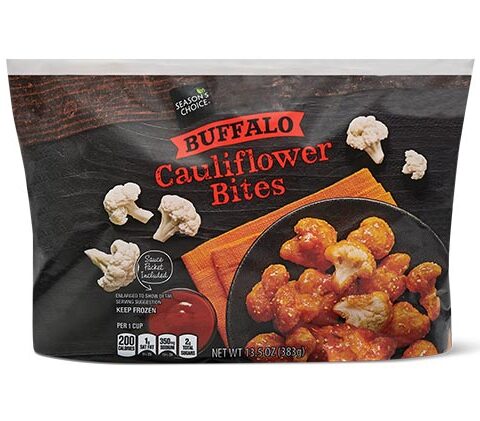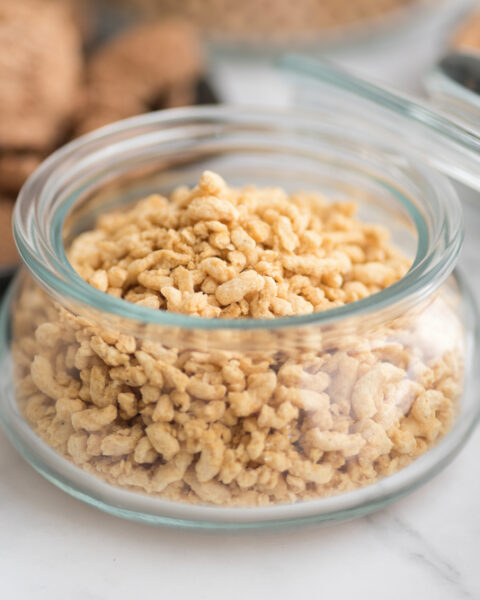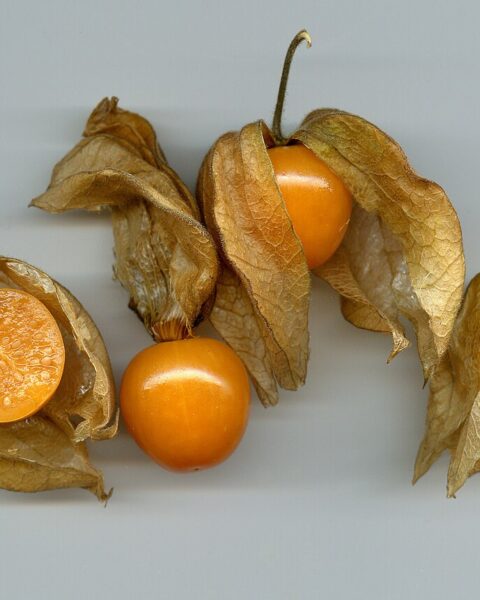Cooking pasta might seem simple, but getting it just right every time can be a bit tricky. Whether you’re a seasoned chef or just starting in the kitchen, mastering a few key techniques can elevate your pasta game. From choosing the right pot to perfectly timing your pasta’s cooking, these tips will ensure a delicious meal every time. Let’s dive into some simple tricks to make your pasta dishes shine.
Contents
- 1 Use a Large Pot
- 2 Salt the Water Generously
- 3 Stir Occasionally
- 4 Taste for Doneness
- 5 Reserve Some Pasta Water
- 6 Finish Cooking in the Sauce
- 7 Don’t Rinse the Pasta
- 8 Use the Right Amount of Water
- 9 Add Oil to the Water (or Don’t!)
- 10 Serve Immediately
- 11 More From RetailShout
- 12 18 Uncommon Root Vegetables That Boost Energy and Immunity
- 13 17 Underrated Supermarket Finds That Deserve a Spot in Your Pantry
Use a Large Pot
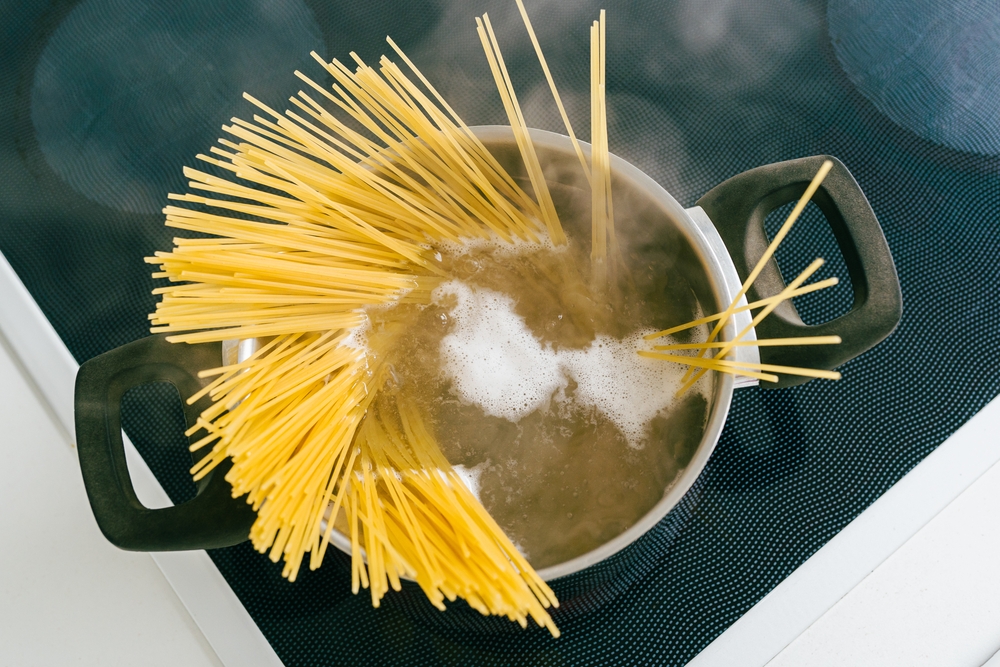
Using a large pot is essential for giving your pasta enough room to move around freely. When pasta is crowded, it can stick together and cook unevenly, leading to a less-than-perfect texture. A large pot allows for plenty of water, which helps maintain the right temperature as the pasta cooks. This simple change can significantly improve your pasta dishes.
Salt the Water Generously
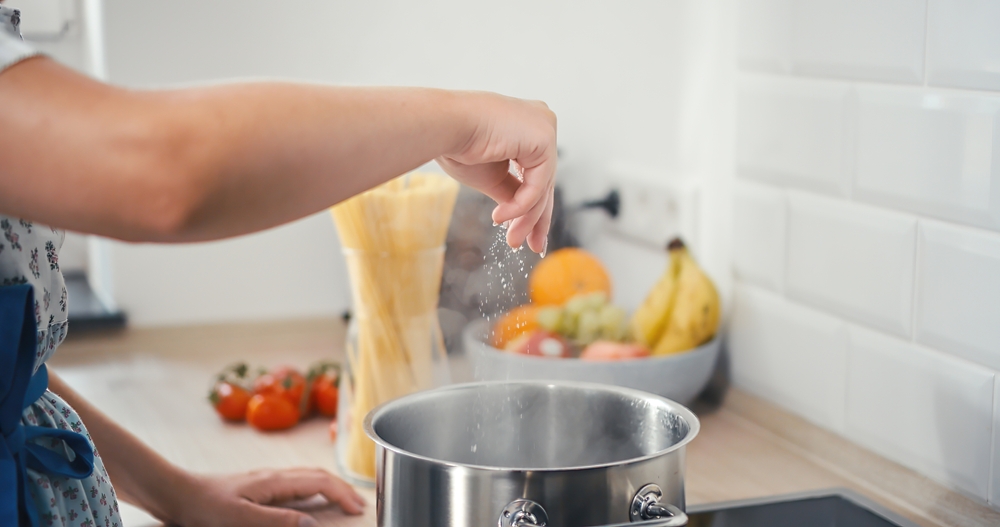
Adding a generous amount of salt to your boiling water is a key step in seasoning your pasta. The salt infuses the pasta with flavor as it cooks, making a noticeable difference in the final dish. Aim for the water to taste like the sea—this might seem like a lot, but it ensures your pasta isn’t bland. Remember, you can always adjust the sauce later, but the pasta itself should be well-seasoned from the start.
Stir Occasionally

Stirring your pasta occasionally as it cooks helps prevent it from sticking together. It also ensures that each piece is evenly exposed to the hot water, which helps it cook more uniformly. Just a few gentle stirs throughout the cooking process can make a big difference in the final texture. Don’t overdo it, though—too much stirring can break the pasta.
Taste for Doneness

The best way to know if your pasta is done is to taste it. Start checking a minute or two before the package instructions say it’s done, as cooking times can vary. You’re looking for pasta that is al dente—firm to the bite but not hard. Tasting is the only foolproof way to ensure you get that perfect texture every time.
Reserve Some Pasta Water
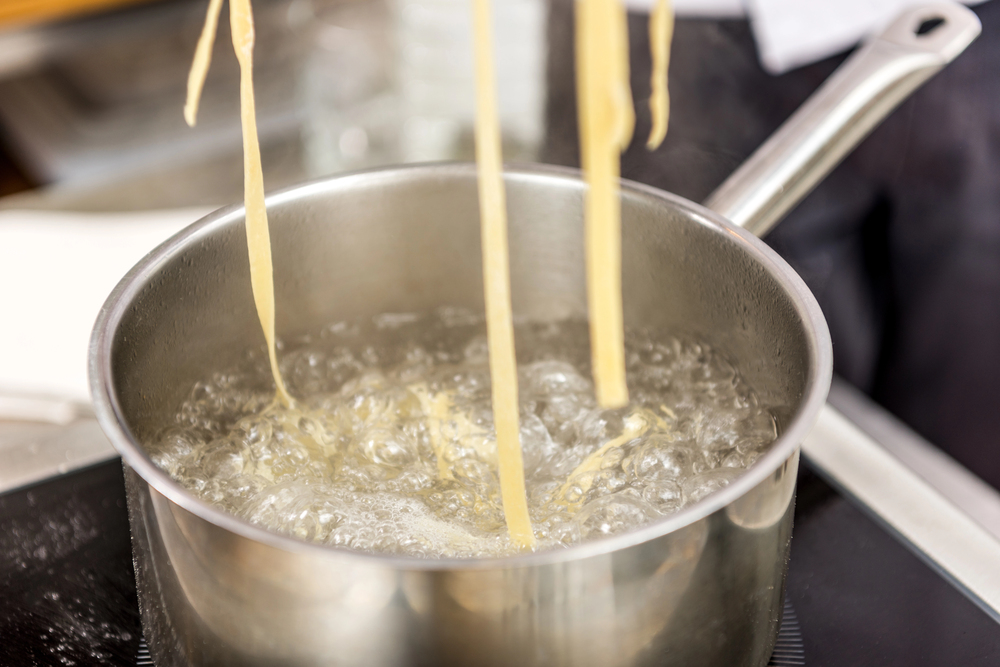
Before draining your pasta, scoop out a cup of the starchy cooking water. This water can be used to loosen up your sauce and help it cling better to the pasta. The starch in the water adds a silky texture to your sauce, making it an essential ingredient in creating a cohesive dish. Just remember to do this before draining, so you don’t lose it all down the sink!
Finish Cooking in the Sauce
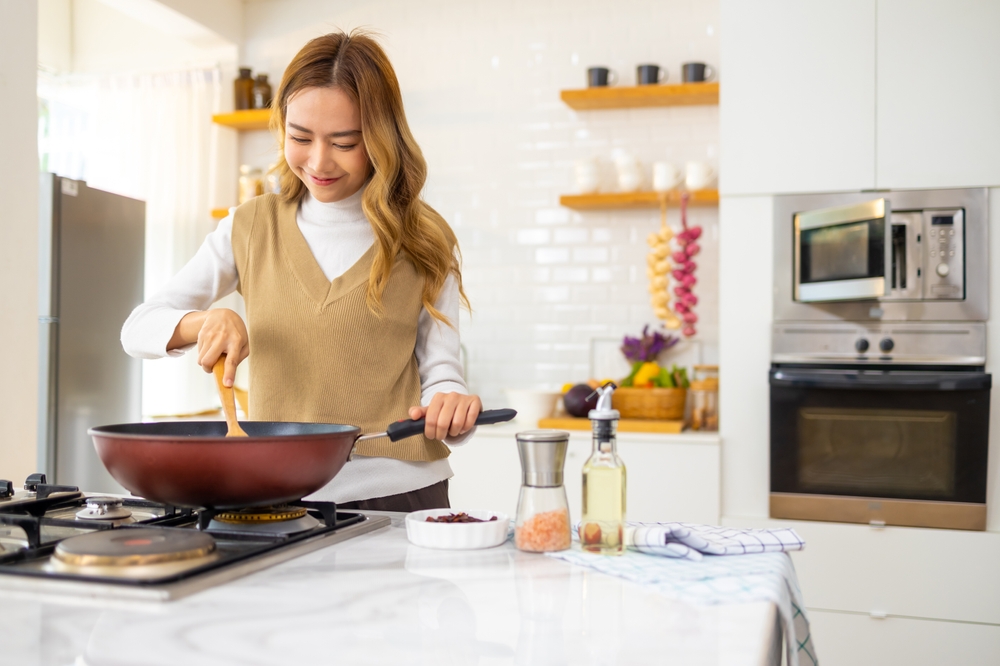
For the best flavor, try finishing your pasta in the sauce for the last minute or two of cooking. This allows the pasta to absorb the flavors of the sauce and ensures that the sauce clings to every bite. Simply transfer the pasta to a pan with the sauce and toss it together over medium heat. This technique brings the dish together and enhances the overall taste.
Don’t Rinse the Pasta
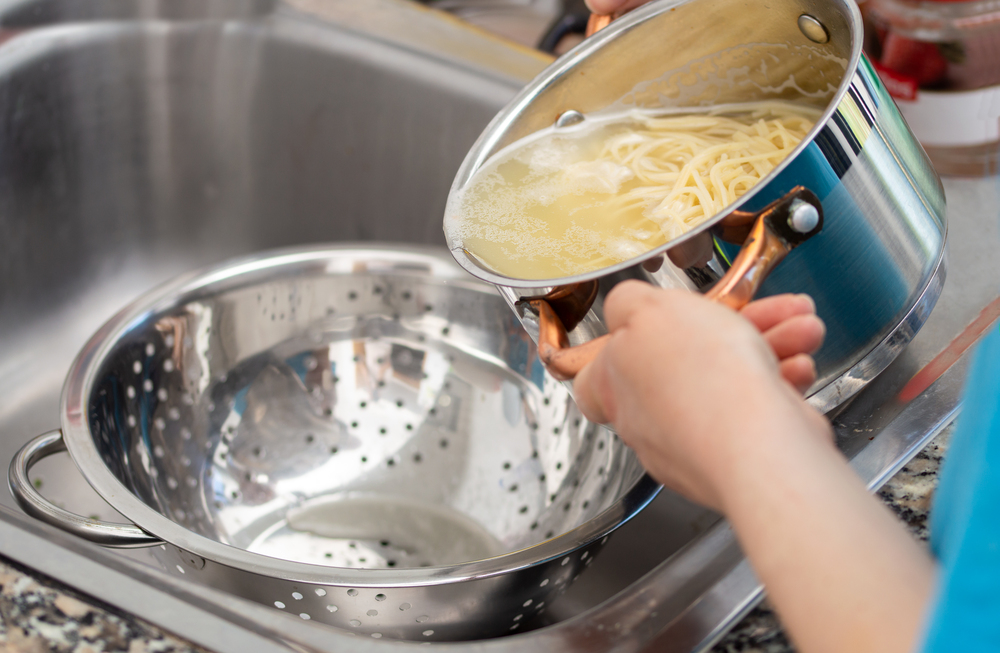
After draining, resist the urge to rinse your pasta under cold water. Rinsing washes away the starch that helps sauce stick to the pasta, and it also cools the pasta down, making it less likely to absorb the sauce. Instead, just drain it well and toss it directly with your sauce. This simple step keeps your pasta flavorful and coated in sauce.
Use the Right Amount of Water
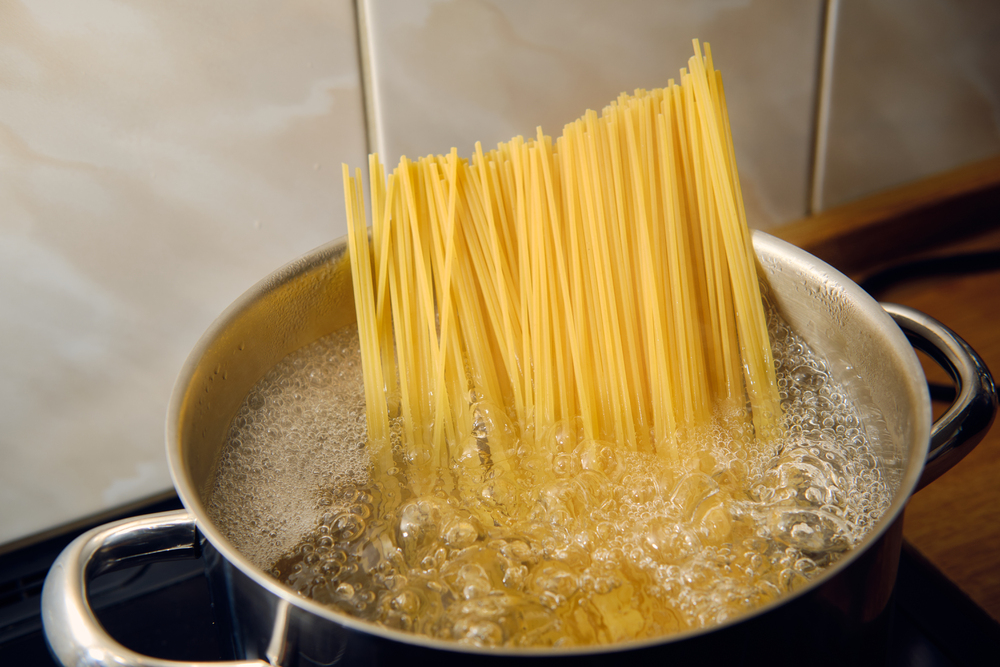
Using the correct amount of water is crucial for cooking pasta evenly. Too little water can cause the pasta to stick together and cook unevenly, while too much water can dilute the flavor. A good rule of thumb is to use about 4-6 quarts of water for every pound of pasta. This ensures that the pasta has enough room to cook properly without being overcrowded.
Add Oil to the Water (or Don’t!)
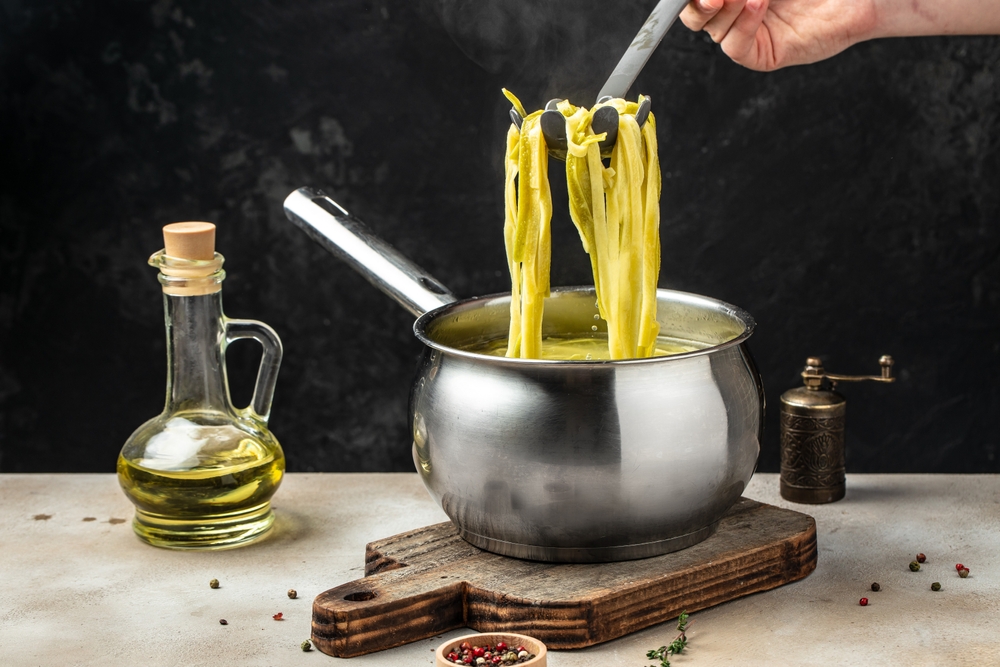
There’s a lot of debate about adding oil to pasta water, but generally, it’s not necessary. While a little oil can prevent sticking, it also makes it harder for the sauce to adhere to the pasta. Instead, focus on stirring your pasta to prevent sticking, and save the oil for when you’re tossing the pasta with the sauce. This will help your sauce cling better to each strand or piece of pasta.
Serve Immediately
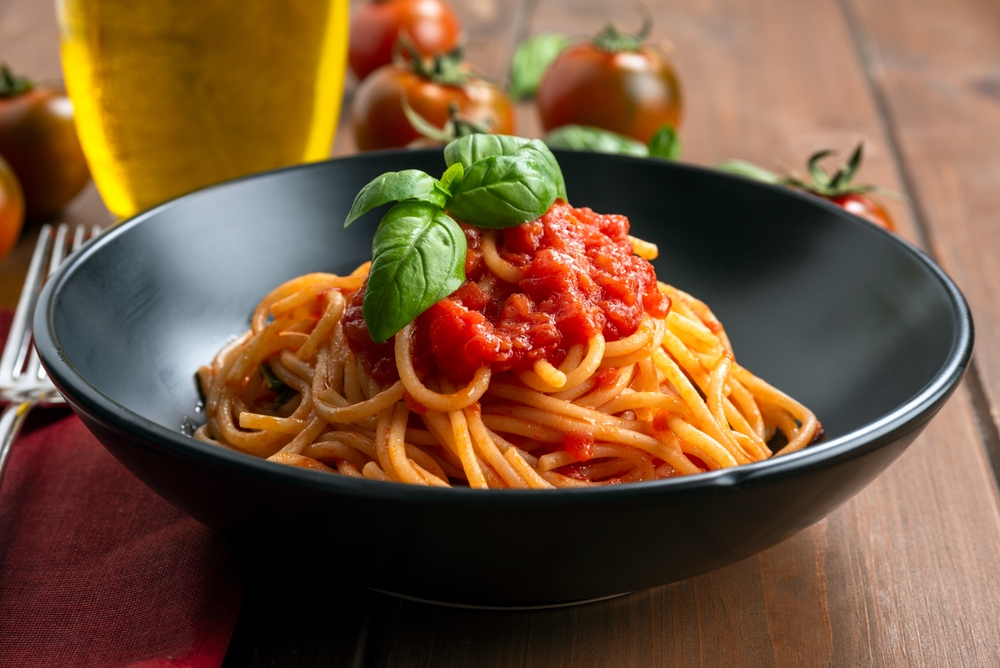
Pasta is best when served immediately after cooking. As it sits, pasta continues to cook and can become overdone or sticky. To keep it at its peak, drain the pasta and toss it with your sauce right away, then serve it hot. If you need to wait a few minutes, keep the pasta covered to retain heat and moisture, but aim to serve it as soon as possible for the best results.
This article originally appeared on RetailShout.
More From RetailShout
What Are 16 Hot Items at Trader Joe’s This Week (11/03/2024)

Trader Joe’s is dishing out some serious temptations this week! They’ve stacked the shelves with seasonal hits and must-try finds. Read More.
18 Uncommon Root Vegetables That Boost Energy and Immunity

Sometimes it’s easy to get stuck in a routine with the same vegetables week after week, but there are so many underrated root vegetables that can give you a real boost. Adding a few of these less common roots to your meals can make a huge difference in how you feel. Read More.
17 Underrated Supermarket Finds That Deserve a Spot in Your Pantry
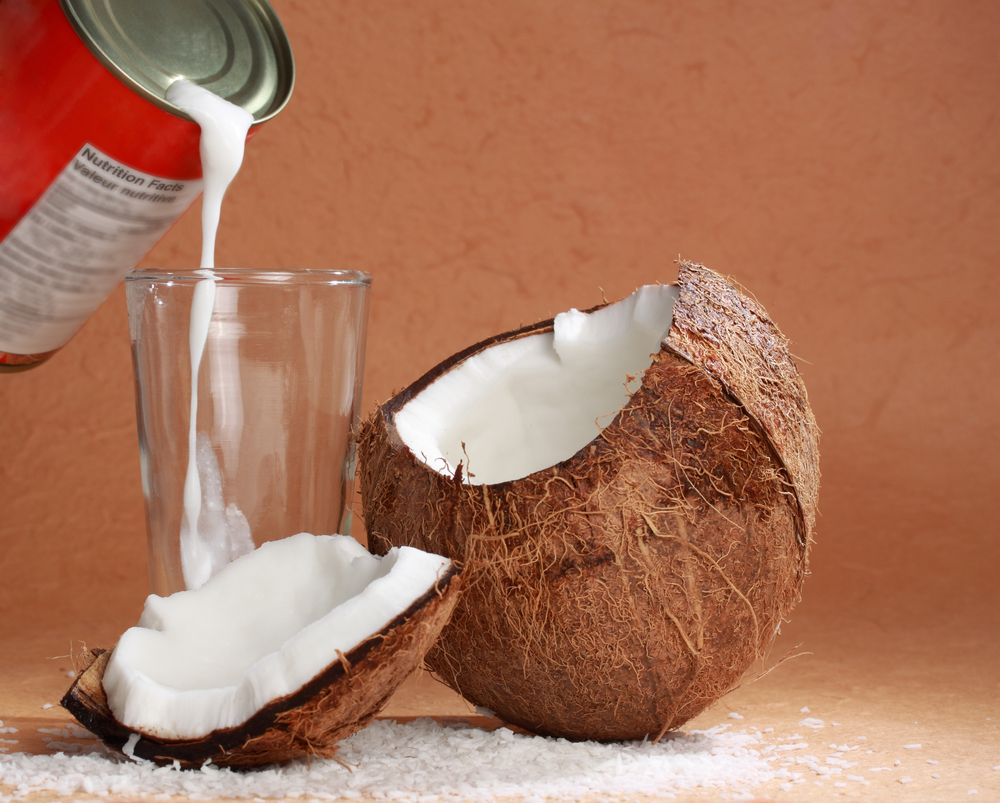
Sometimes, the best treasures in the kitchen aren’t the flashy or trendy items, but the quiet essentials that can make a big difference in everyday cooking. There are hidden gems on supermarket shelves that often go unnoticed, yet they can elevate your meals in ways you wouldn’t expect. Read More.


